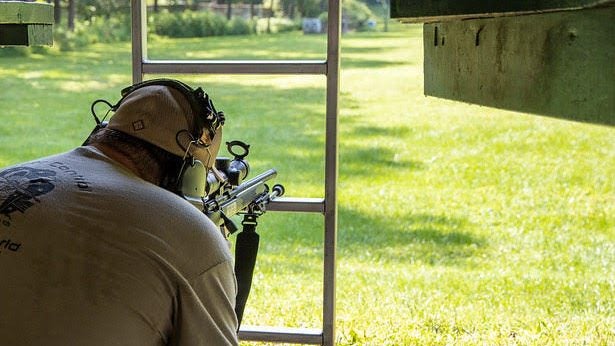Hello and welcome back to another edition of The Rimfire Report. In this ongoing series we discover, review, and discuss anything and everything surrounding the rimfire firearm world. Recently we covered a few lessons we learned from a competitor’s perspective when it comes to competing in a Precision Rimfire match such as the Mid Atlantic Rimfire Series. I was fortunate enough to be able to have a friend of mine interview a match director so that we could get a good perspective on what it is like to actually set up and run a PRS match.
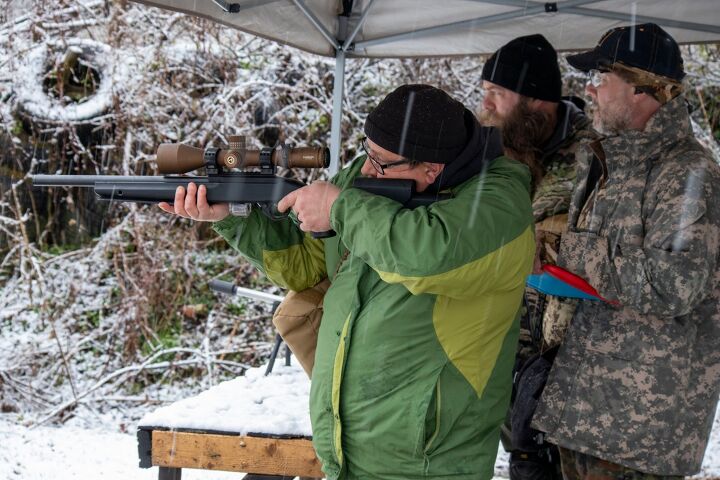
The Rimfire Report: A Match Director Perspective on Precision Rimfire
Many of you expressed interest in competing in a PRS competition and it seemed like the biggest issue for many of you was finding one nearby. While you could sit around and wait for a club to start up a match in your area, I felt that maybe with a bit of guidance I could give you some tips for starting your very own competition.
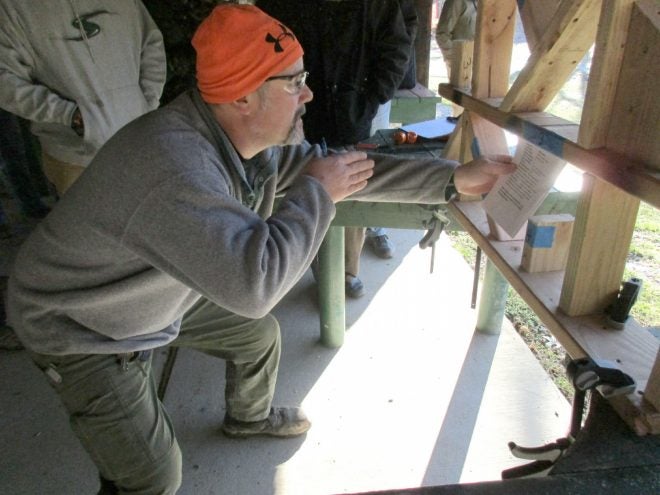
Match Director Lou Levy was asked several questions on what it was like to run a Precision Rimfire match and from what he tells us, it doesn’t seem all that bad. So we’ll start off with an important question first. How do you end up being a match director in a Rimfire PRS competition?
Q: How’d you get started in Rimfire?
I wanted to shoot centerfire PRS and this seemed like a logical place to start.
This touches on some comments that were made in the last article we did on Rimfire PRS – this seems like a great way for people who want to start shooting precision centerfire but either aren’t quite ready to bite the bullet on the gear or just want to get the hang of things first with rimfire rifles.
Q: How hard and stressful is being a match director? What should the average shooter know about that job?
It’s not terribly hard if you understand what you’re doing. The hardest part is when you try to shoot your match you are running. The more prepared on the front side, the easier everything is on match day. Also, like anything else, surround yourself with good people and the rest is cake.
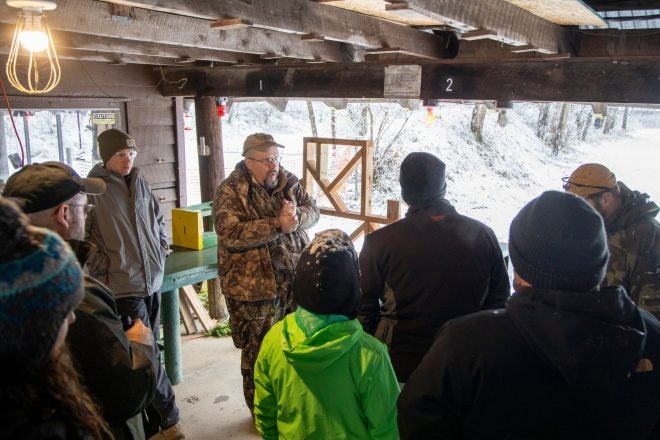
I know from experience that this part is key. At my local club, I make a point to show up about 30 to 60 minutes early for the match just in case everything hasn’t been quite set up yet. Sometimes cones will be missing or target paint won’t be at each stage and this can cause a headache for your squad when you eventually arrive at that particular stage.
Lou also said the following about the makeup and composition of a squad as well to keep the match going smoothly:
Balancing the squads is the tough part. You need a mix of seasoned shooters along with an even mix of talent and new folks to keep it flowing smooth. I think the Average shooter needs to know how important it is to read all the information that comes out ahead of time before they consider calling/emailing the MD for simple questions (usually the night before the match). Second most important thing is to pitch in wherever you can to keep the match moving and competitors ready to shoot.
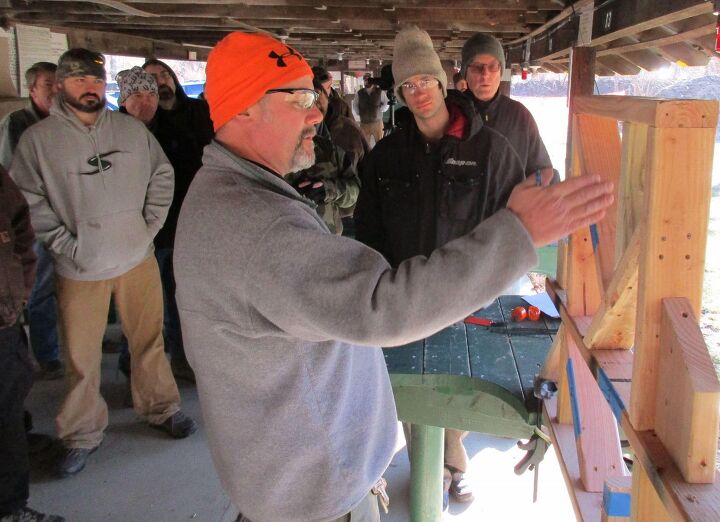
Some clubs do allow shooters to squad themselves ahead of time and I often enjoy shooting with “the regulars” as it creates a more fun atmosphere, but it’s also a good idea to step out of your comfort zone and put yourself in with some new shooters or even shooters you don’t normally compete with.
Q: How did you become a match director and how many matches have you organized?
I’ve been involved in helping run matches for the past 6 years in several other disciplines. Learning to help RO is the first step, learning how the scoring works and setting stuff up in practiscore is the next step. Designing stages is a bit of a trial and error thing to learn the ins/outs of what works and what doesn’t. I wanted some 22 matches at my club so I asked the board and they OK’ed me to get going. I think I’ve run 8-10 matches and fun shoots.
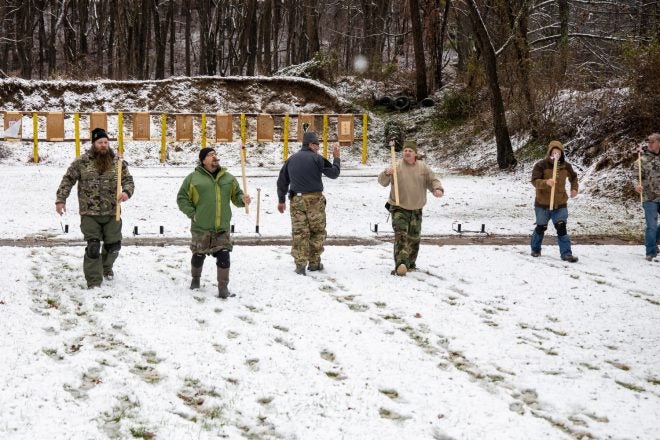
This is a key answer that I think many of you are looking for. It doesn’t hurt to ask your gun club board of directors for permission to run a match. However, Lou also sates that you need to start off at learning to be an excellent RO. I am still doing this to this day in my local competitions and I find it easier each time. Learning the rules, as well as the ebb and flow of the match running, is a great way to progress into being a match director of your very own competition.

Q: What are the keys to making a match successful?
Being prepared is huge. Having a Course of Fire (COF) well planned and debugged ahead of match setup is huge. Accurate information for the participants is also super important so they are fully informed before the match and know exactly what to do and where to be on match day. Evenly distributing talented RO’s w/ a mix of seasoned shooters with the new people is also very helpful on match day. The match setup and shooting is cake if you do all the little things right ahead of time. Surround yourself with good people and remember to say thank you.

Lou also said to remember that your Range Officers are not being paid for what they are doing – they’re mostly all volunteers and having a troubled participant can make for a bad experience. As a cap at the end of this interview, we asked Lou about some of the props and resources he uses to make his courses of fire interesting.
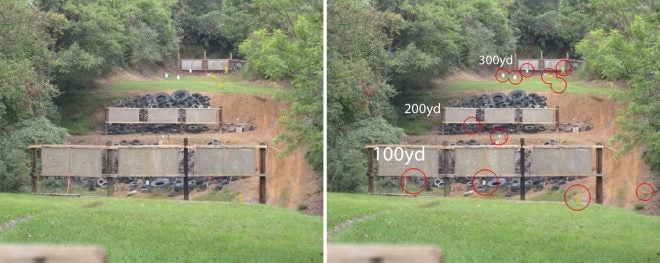
You could do 22 stuff on as short of a range as 50yrds. 100-300 is better if it’s available. Props can be super simple using buckets, trashcans, chairs, ladders, or even natural terrain stuff if it’s available on your range. Targets are a little tougher with 22’s. Close up the stuff takes a beating and needs to be of suitable materials for the distance being shot. On the longer stuff the steel should be heavy enough it doesn’t get torn up too quick but it also needs to be able to react enough to be easily scored when hit with a 22 at distance, sometimes that requires some testing”…. “I have a ladder that hangs on springs. It just sucks to shoot from. Nobody ever cleans the stage and it’s always a challenge. I introduced an exercise ball last match that got some bad reviews……..we’ll definitely see that again
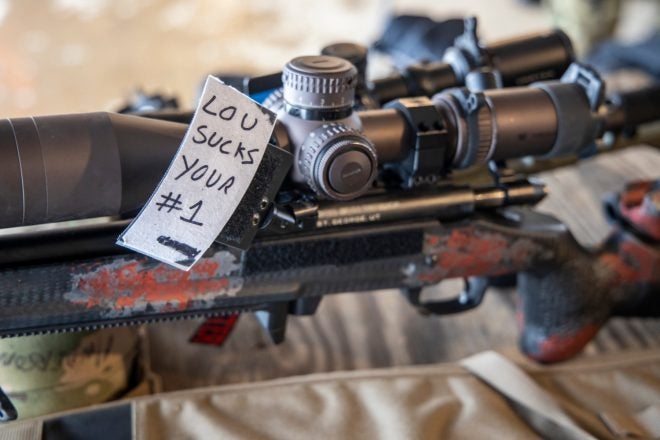
Q: Where do you see Rimfire Precision matches going over the next few years?
It’s getting very popular, we are In the Mid Atlantic Rimfire Series (MARS) for what we shoot. NRL has a series and nor PRS has started to get in on the game as well. I fear there is going to be a little turmoil for a bit while everyone figures out what’s best for them and what they like to shoot. It will probably dilute some matches numbers as others grow, but in the end, the people with the best product will win. I think the 22 matches will be around for quite a while, I’m sure it will evolve a little bit, but the basics will surely be very similar to the way we shoot the matches now.
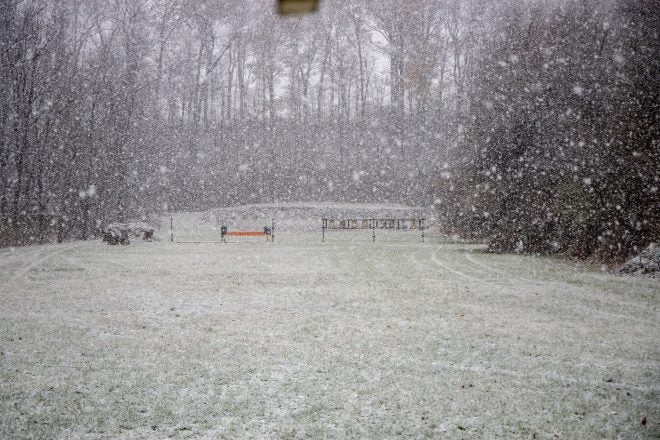
To end it all we asked Lou what one of the funniest moments he encountered was in his experience in running matches. He recalled a match last year where everything was ready to go until it started snowing and all the freshly painted targets disappeared. The match eventually went on after all the targets were repainted but it just goes to show that you can’t necessarily prepare for everything ahead of time.
I hope that this interview with our friend Lou has helped some of you who desire to have a PRS competition of your own get some of the necessary information and perspective. As always, thanks for stopping by to read The Rimfire Report and we’ll see you next time!
Big thanks to Tom Symonds, Lou Levy, and Macguns for the information and pictures used in this article
 Your Privacy Choices
Your Privacy Choices
